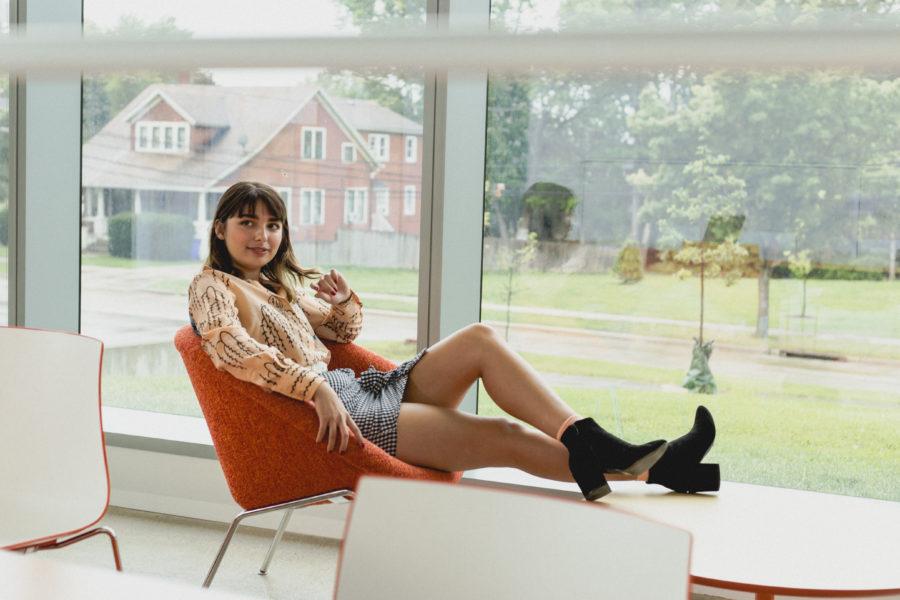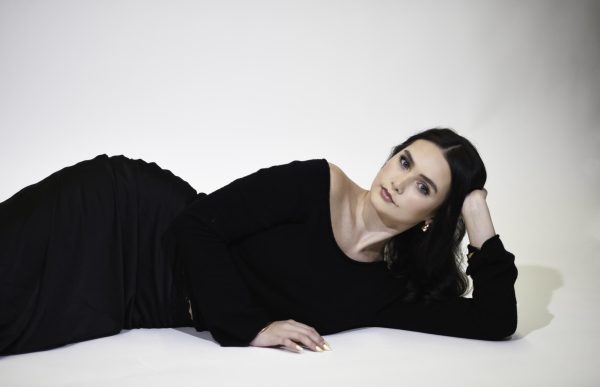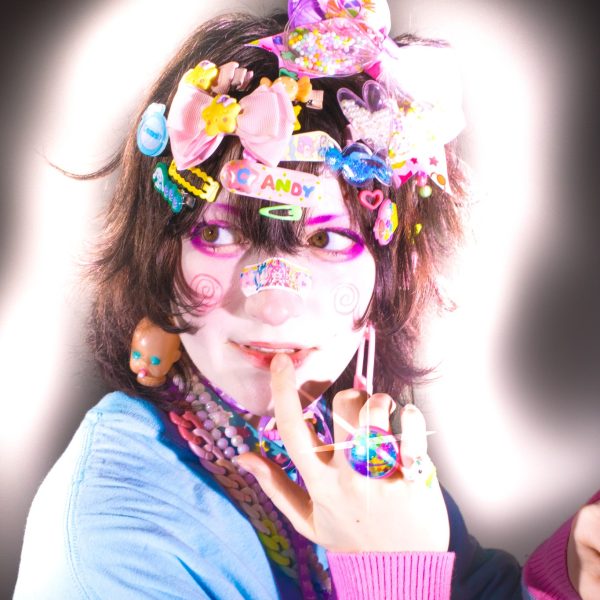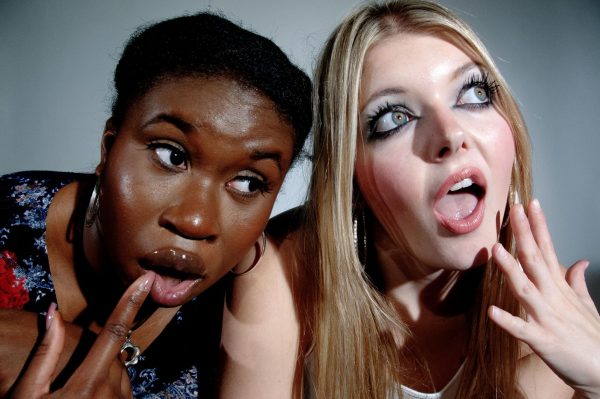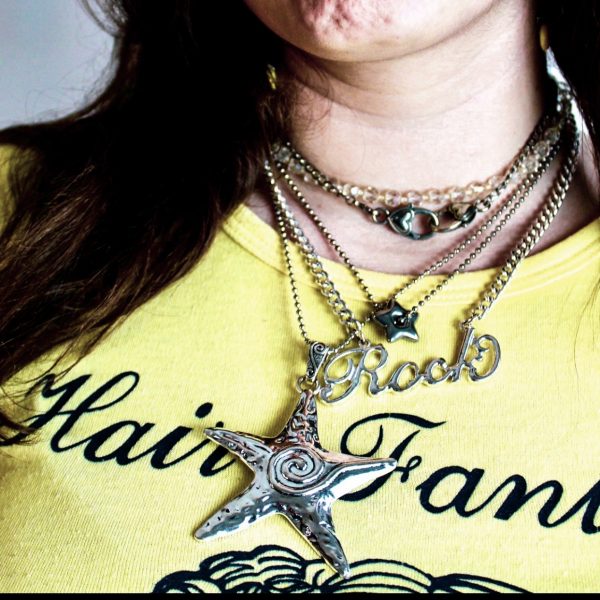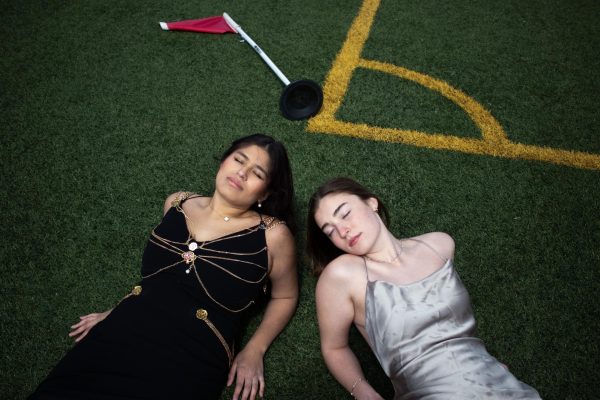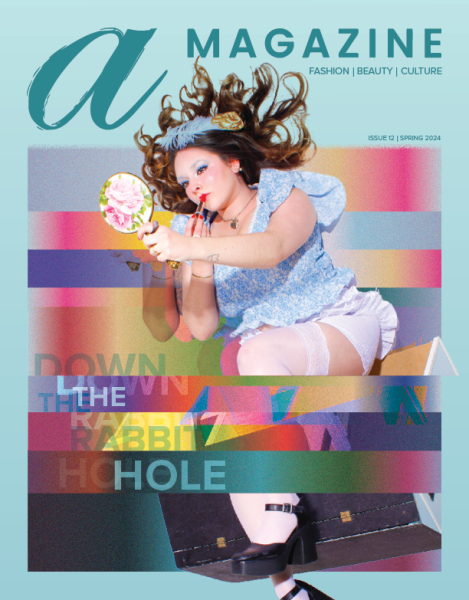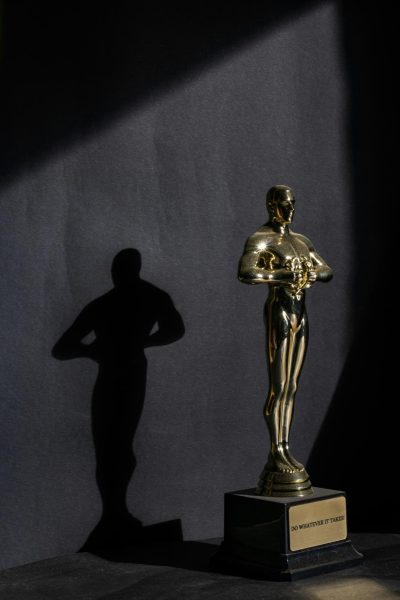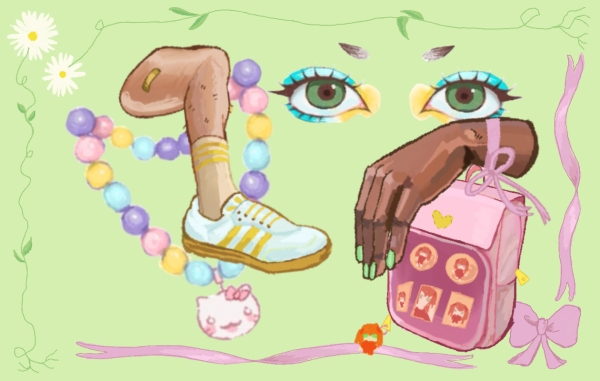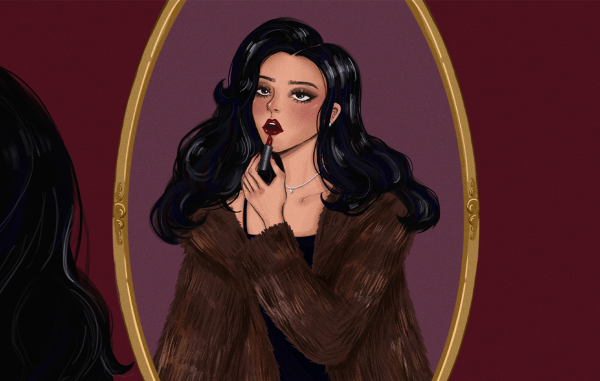The Balance of Fabrics
It’s a Sunday night, and you bury your gaze in the depths of your closet ready to pick out your ensemble for the anticipated workday that follows. You may tell yourself “too loud,” “too busy” or “neutral colors only.” At one point your head may even spin from trying to solve the mystery of what business casual attire actually is. So, you play it safe, and pull out the button-down, white collared shirt and black slacks. But what if business casual isn’t always so black and white?

Business casual is defined as clothing that is appropriate to wear in the office. “Here’s What ‘Business Casual’ Really Means,” an article on Business Insider by Áine Cain and Samantha Lee, argues this can consist of, “slacks or khakis, dress shirt or blouse, open-collar or polo shirt, optional tie or seasonal sport coat, a dress or skirt at knee-length or below, a tailored blazer, knit shirt or sweater, and loafers or dress shoes that cover all or most of the foot.” Shopping for business casual can be tricky because there are a lot of versions of this type of clothing. This can spark debate about what type of colors, cuts, and styles would be appropriate to wear in a work environment.
“There’s no need to shy away from wearing patterns to work altogether.”
With this in mind, you head to the shopping center and enter a store, set on adding some new pieces for work into your closet. A jewel tone catches your eye, and you admire a rich green blazer draped upon a mannequin that cries for your ownership. You shake your head in dismay as you remind yourself that the office is a fun-snatcher, and such colors are not permitted in a work environment.

This is another widely-held misconception. In an article called “The best and worst colours to wear to the office,” published on the Financial Post, a plethora of the best colors to wear in the office are suggested and explained. Among them is the color green.
“This colour denotes freshness, safety and harmony. It’s also associated with money and the ‘go’ signal for a traffic light—both great characteristics in the workplace. The colour green is restful on the eyes and produces the least amount of eyestrain, making this a good choice for people who sit in front of a screen for many hours,” they say.

Other bright colors that are suggested to be worn in the office are blue, orange, purple and white. Each of these colors communicates a positive message in a work environment. They explain the psychology of those colors like so: blue radiates the vibe of wisdom, orange screams enthusiasm, purple shows lavishness and royalty, and white gives off the idea of perfection and refinement.
So, you exit the store in the shopping center, and get caught off-guard by a bright light gleaming upon a polka dot knee length dress in the window of another store. You think, “That style is the perfect for work!” But that heavenly light vanishes when you remember that you try to avoid wearing patterns in the office, as it may come off as distracting or too busy. But this isn’t always the case, according to the experts. Patterns are okay to wear in a work environment, but the key is to keep them small.

“How to Wear Prints in the Office,” by Koa Beck says that, “Smaller prints (whether they’re polka dots, florals, or even stripes) tend to look more chic because they don’t overwhelm the eye. On a smaller scale, patterns read as thoughtful details rather than pronounced statements” she says.
Adding a solid color to a print article of clothing is also ideal in quieting a pattern if you want a more modest look. Overall, there’s no need to shy away from wearing patterns to work altogether.
What you wear to work doesn’t always have to consist of colors on the dark side of the color spectrum. You can illuminate your work environment by communicating through bright shades and talkative patterns that give you the opportunity to express your individuality. This can sometimes be challenging when trying to maintain a professional image in the office, but hopefully the guidelines of fashion experts can give you a better idea of what business casual is, and how to balance self-expression and professionalism.

